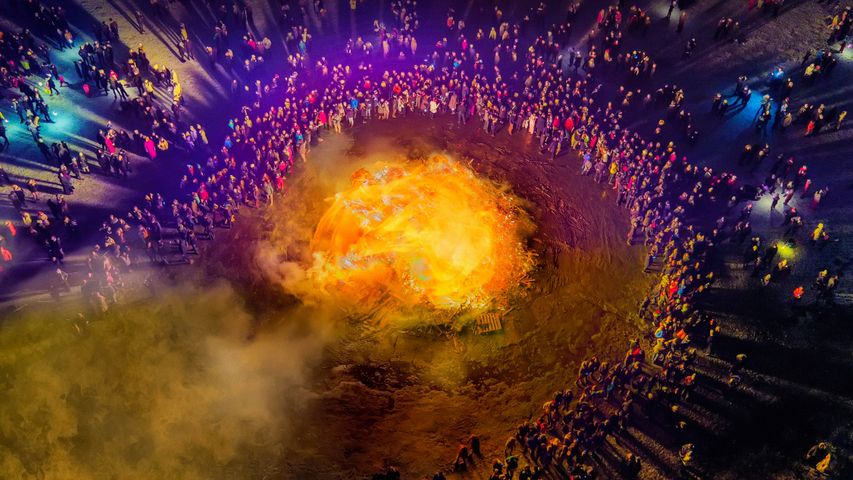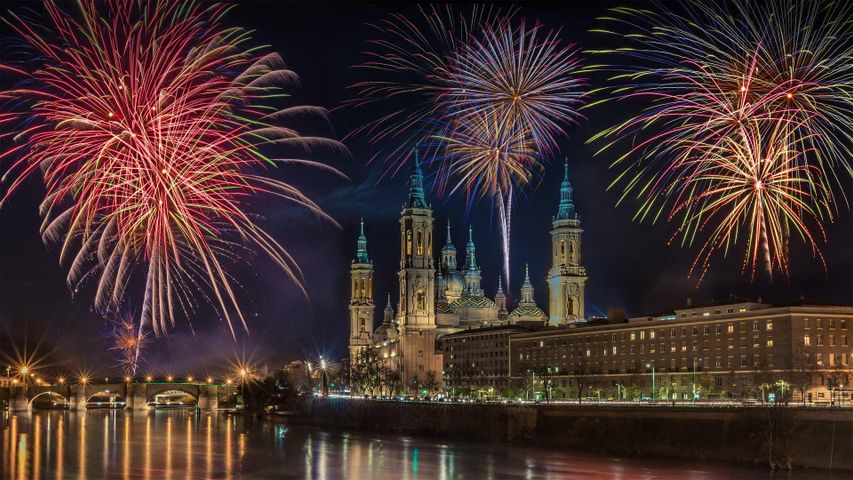Fireworks in Edinburgh, Scotland
© Jane Barlow/PA Images via Getty Image
Midnight in Edinburgh. Hogmanay
When it comes to ringing in the New Year, Scotland takes the cake—or perhaps the haggis, its national dish. From torchlight processions to street ceilidhs, Hogmanay is the New Year's Eve celebration that says, 'Why settle for one night of celebration when you can have three?' The term 'Hogmanay' has murky origins—some link it to the French 'hoguinané,' which means 'gala day,' others to Norse or Gaelic roots. But what it means today is clear: an unmissable celebration filled with fireworks, folk songs and feasting. This year, the festivities kicked off on December 29 with a dramatic torchlight procession.
On December 31, as the clock nears midnight, cities like Edinburgh and Glasgow gear up for their iconic countdowns. Fireworks illuminate the skies as seen in today's image, but the real magic happens when the crowd bursts into 'Auld Lang Syne'. No Hogmanay is complete without 'first-footing,' a tradition where the first person to step into your home after midnight brings good luck for the year ahead. Bonus points if the first-footer carries coal, shortbread or whisky—symbols of warmth, sustenance and cheer. In true Scottish fashion, the party doesn't end when the clock strikes twelve. January 1 sees loony dooks—brave souls plunging into icy waters to shake off the cobwebs—or perhaps last night's whisky. And while January 2 is a public holiday in Scotland, it's probably less about recovering and more about preparing for another year of unforgettable celebrations. Cheers—or as the Scots say, Slàinte!
Related Images
Bing Today Images
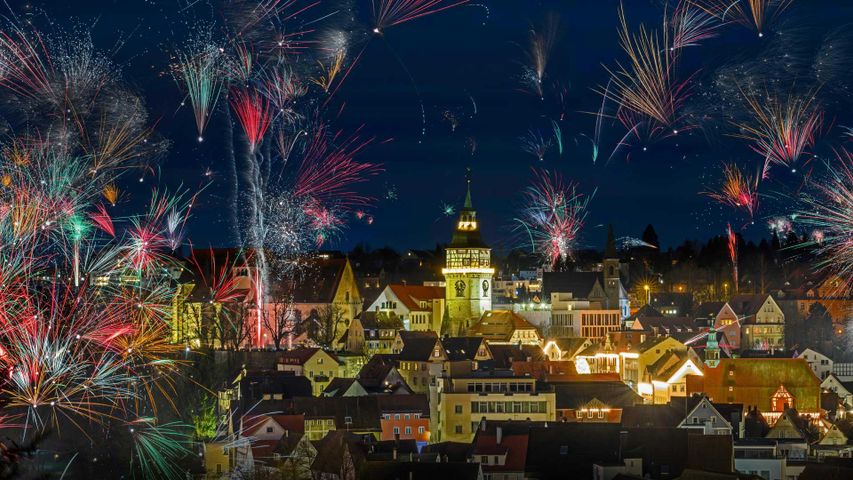
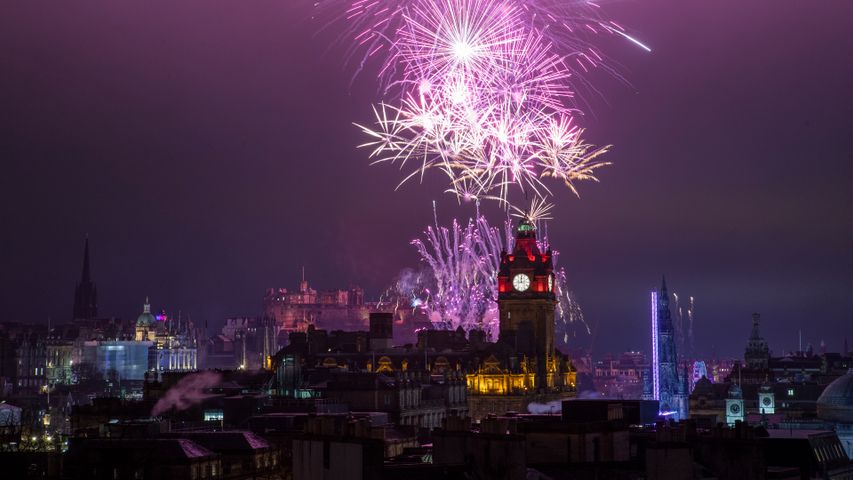
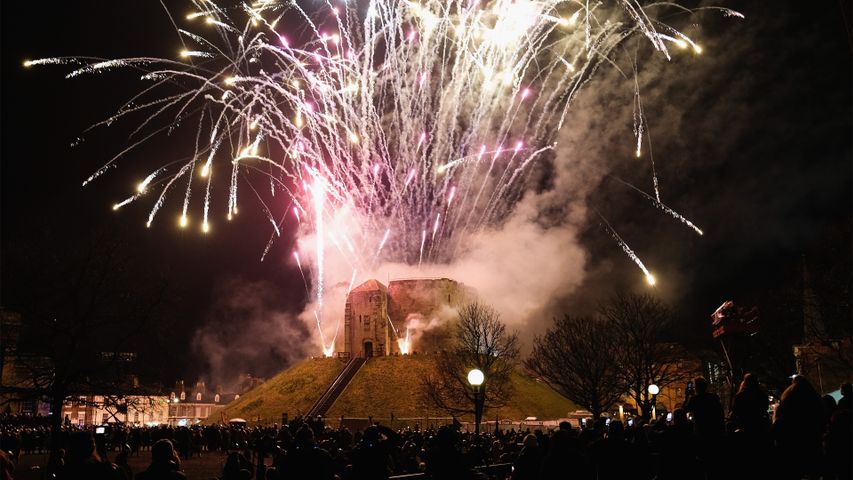 Fireworks at Clifford's Tower during the Jorvik Viking Festival
Fireworks at Clifford's Tower during the Jorvik Viking Festival
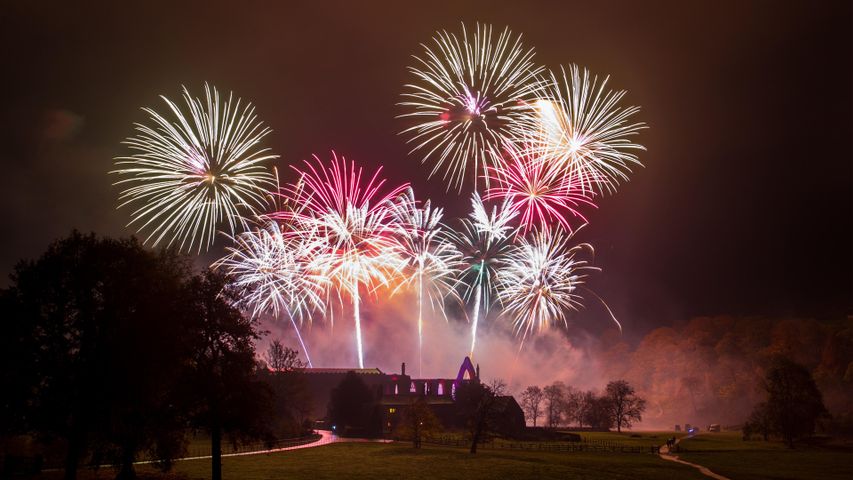 Fireworks at Bolton Priory, North Yorkshire on Guy Fawkes Night 2015
Fireworks at Bolton Priory, North Yorkshire on Guy Fawkes Night 2015
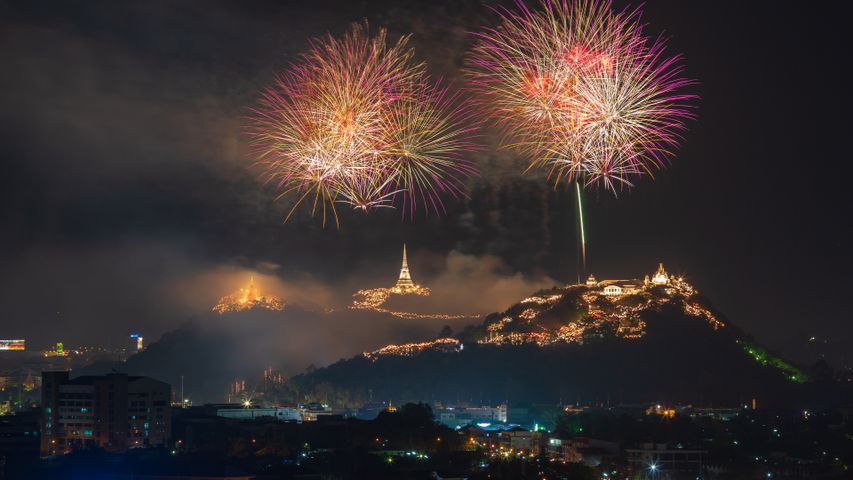 Fireworks over Phra Nakhon Khiri, Phetchaburi, Thailand
Fireworks over Phra Nakhon Khiri, Phetchaburi, Thailand
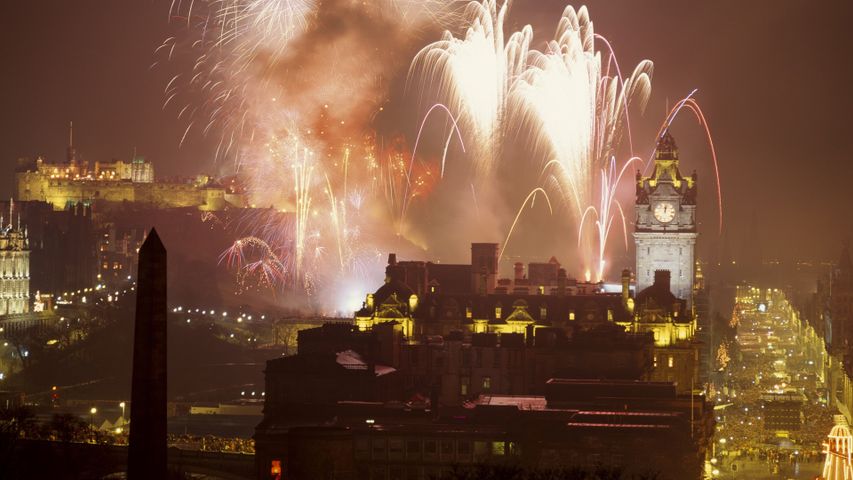 Hogmanay firework display, Edinburgh, Scotland
Hogmanay firework display, Edinburgh, Scotland
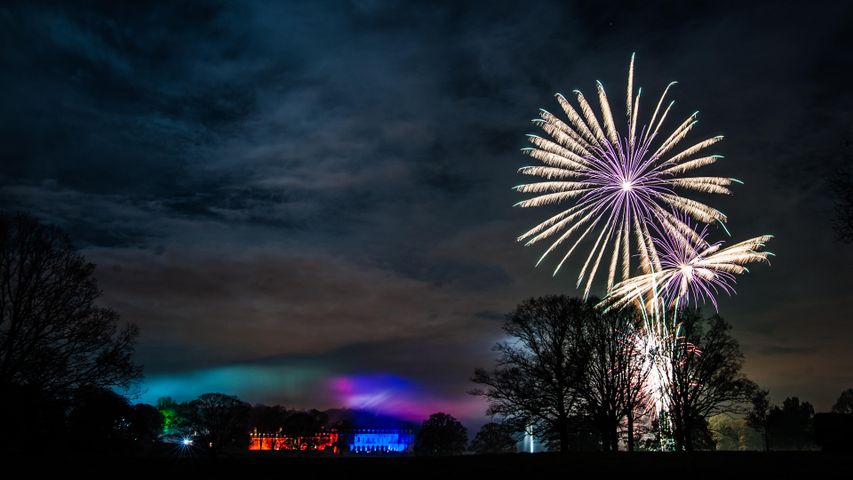 Firework display at Boughton House, Kettering
Firework display at Boughton House, Kettering
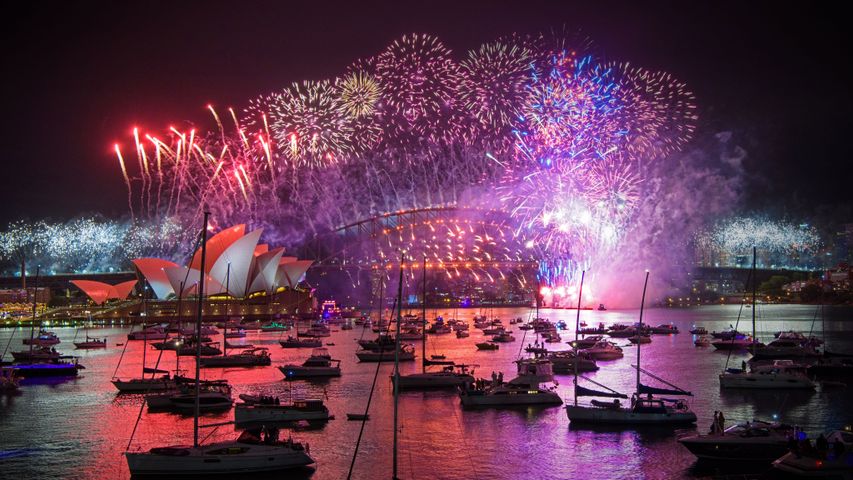 New Year’s Eve fireworks, Sydney Harbour Bridge in Sydney, Australia
New Year’s Eve fireworks, Sydney Harbour Bridge in Sydney, Australia
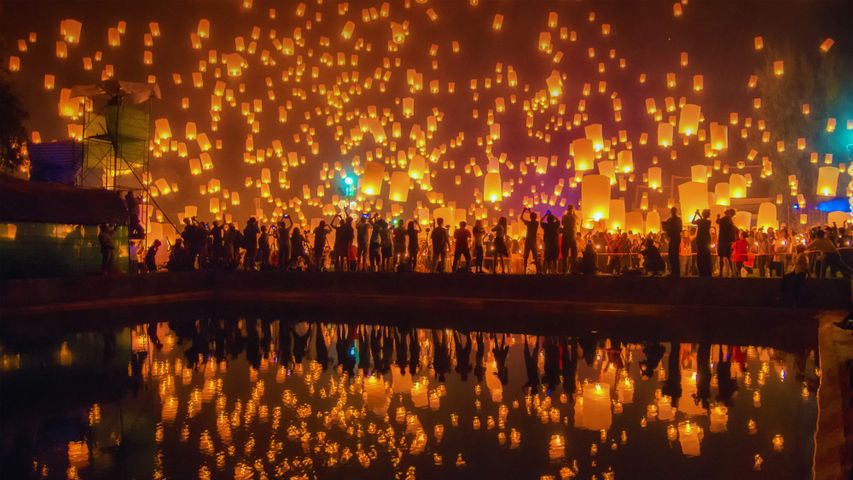 Sky lanterns take flight during the Yi Peng Festival in Chiang Mai, Thailand
Sky lanterns take flight during the Yi Peng Festival in Chiang Mai, Thailand
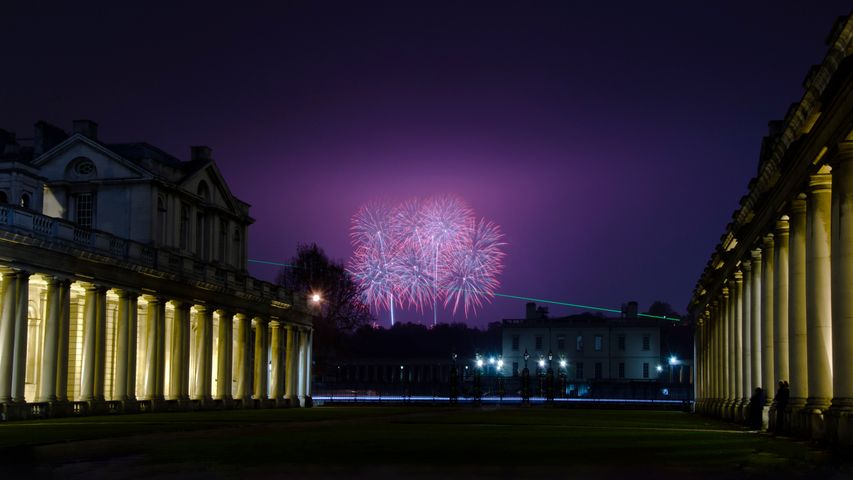 Bonfire Night at the Old Royal Naval College, London
Bonfire Night at the Old Royal Naval College, London
